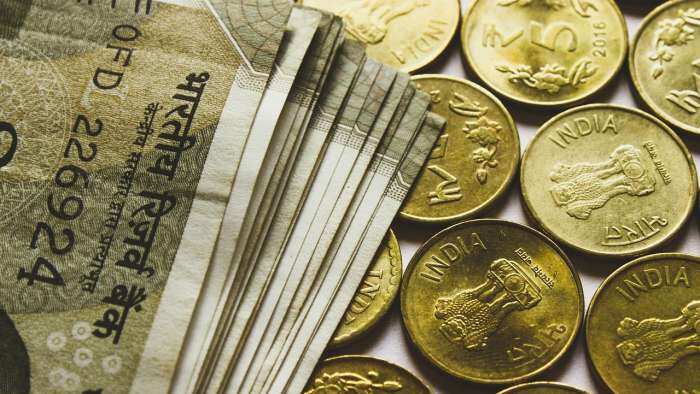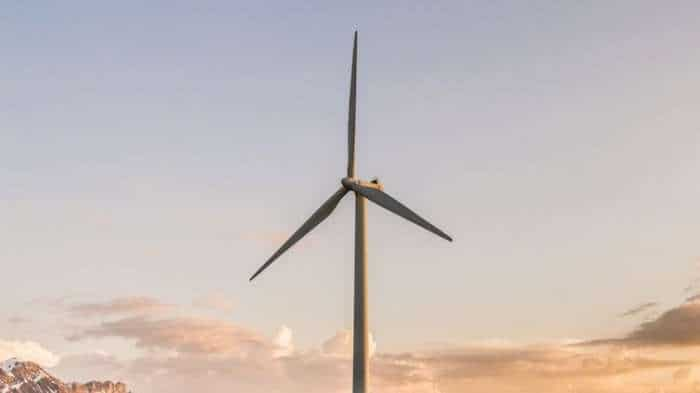Water level at India's main reservoirs drops to 23%: CWC report
The water level of the country's 150 main reservoirs has dropped to 23 per cent and is also 77 per cent less than last year's levels at this time, according to Central Water Commission (CWC) data.
)
The water level of the country's 150 main reservoirs has dropped to 23 per cent and is also 77 per cent less than last year's levels at this time, according to Central Water Commission (CWC) data. Last week, the live storage of these reservoirs was at 24 per cent. The present storage is merely 77 per cent of last year's levels and 94 per cent of the normal storage, CWC data stated.
In its latest weekly bulletin, released on Friday, the commission said that "the total live storage available is 41.705 billion cubic metres (BCM), equating to 23 per cent of the total capacity".
"This is a significant decrease from the 53.832 BCM recorded during the same period last year and the normal storage level of 44.511 BCM. Consequently, the current storage is only 77 per cent of last year's levels and 94 per cent of the normal storage," the commission said.
The 150 main reservoirs monitored by the CWC have a combined live storage capacity of 178.784 BCM, which is around 69.35 per cent of the total storage capacity created in the country.
Ten of the 150 reservoirs are located in the northern region -- Himachal Pradesh, Punjab and Rajasthan -- and have a live storage capacity of 19.663 BCM. This has dropped to 5.864 BCM (30 per cent of total capacity), according to the CWC bulletin for the week May 16 to May 31. Last year, during the corresponding period, storage was at 38 per cent. The normal storage at this time of the year is 31 per cent.
In the eastern region -- Assam, Jharkhand, Odisha, West Bengal, Tripura, Nagaland and Bihar -- there are 23 reservoirs with a total live storage capacity of 20.430 BCM. The available storage is 5.645 BCM, or 28 per cent of the total capacity, the commission said.
In the corresponding period last year, it was 25 per cent. The normal storage is 26 per cent.
The western region -- Gujarat and Maharashtra -- has 49 reservoirs with a total live storage capacity of 37.130 BCM. The current live storage is 8.833 BCM, or 24 per cent of the total capacity. This is a decrease from last year's 28 per cent but an improvement over the normal storage of 23 per cent.
The central region -- Uttar Pradesh, Uttarakhand, Madhya Pradesh and Chhattisgarh -- has 26 reservoirs with a total live storage capacity of 48.227 BCM.
The storage available now is 14.046 BCM, or 29.1 per cent of the total capacity. Last year, the storage was 37 per cent. The normal storage is 29.4 per cent.
Thus, the current 29.1 per cent is below the last year as well as normal level.
In the southern region -- Andhra Pradesh, Telangana, Karnataka, Kerala and Tamil Nadu -- there are 42 reservoirs with a total live storage capacity of 53.334 BCM.
The available storage is 7.317 BCM, or 14 per cent of the total capacity. This is significantly lower than last year's 24 per cent and the normal storage of 19 per cent.
The report highlights that better than normal storage is available in Ganga, Indus, Brahmaputra, Brahmani and Baitarni, Narmada, Tapi and the Sabarmati basins.
Storage levels are close to normal in Subarnarekha, Barak, Mahi, Godavari, Mahanadi, west flowing rivers of Kutch and Saurashtra, including Luni, west flowing rivers from Tapi to Tadri, and west flowing Rrivers from Tadri to Kanyakumari.
However, deficient storage is reported in Krishna, east flowing rivers between Pennar and Kanyakumari and Cauvery basins, while highly deficient storage is noted in the east flowing rivers between Mahanadi and Pennar basins.
Get Latest Business News, Stock Market Updates and Videos; Check your tax outgo through Income Tax Calculator and save money through our Personal Finance coverage. Check Business Breaking News Live on Zee Business Twitter and Facebook. Subscribe on YouTube.
RECOMMENDED STORIES

Power of Compounding: How soon will monthly SIP of Rs 6,000, Rs 8,000, and Rs 10,000 reach Rs 5 crore corpus target?

SBI Guaranteed Return Scheme: Know how much maturity amount you will get on Rs 2 lakh, 2.5 lakh, 3 lakh, 3.5 lakh and Rs 4 lakh investments under Amrit Vrishti FD scheme

SBI Senior Citizen FD Rate: Here's what State Bank of India giving on 1-year, 3-year, 5-year fixed deposits currently

SBI Senior Citizen Latest FD Rates: What senior citizens can get on Rs 7 lakh, Rs 14 lakh, and Rs 21 lakh investments in Amrit Vrishti, 1-, 3-, and 5-year fixed deposits
05:05 PM IST








